
From the humble rice fields of Asia to the golden wheat fields of Europe, grains have nourished and delighted palates around the globe for centuries. Their versatility in cooking is unparalleled, as they effortlessly transform simple ingredients into masterpieces.
Beyond their culinary prowess, grains hold within them a treasure trove of health benefits and nutritional value. Rich in fiber, minerals, vitamins, and complex carbohydrates, these little powerhouses promote digestive health, regulate blood sugar levels, and provide sustained energy throughout the day. Whole grains, in particular, offer a myriad of nutrients that are essential for overall well-being, reducing the risk of chronic diseases and maintaining a healthy weight.
From the nutty goodness of quinoa to the earthy charm of barley, these grains are not only a delight to the taste buds but also an ally in the pursuit of a balanced diet. They provide immense satisfaction while nourishing our bodies, leaving us satiated and energized.
Common Types of Grains
Grains, with their rich cultural significance and versatile culinary applications, have captivated palates and fueled civilizations for centuries. From the delicate flavors of rice in Asia to the hearty breads of Europe, each type of grain brings its own unique specialties and traditions to the table.
Rice (Asia)
Specialty: Versatility and cultural significance
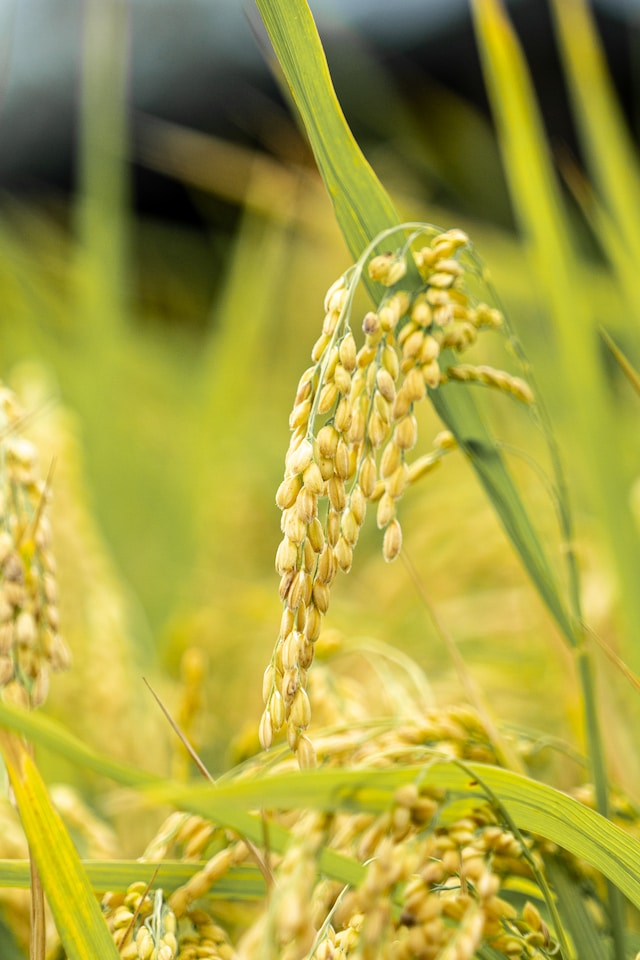
From the fragrant jasmine rice of Thailand to the sticky sushi rice of Japan, rice holds a cherished place in Asian cuisine. This staple grain is known for its delicate flavor and ability to complement a variety of dishes. Whether steamed, fried, or transformed into comforting porridge, rice never fails to satisfy. Undoubtedly, a visit to Asia would not be complete without indulging in the myriad rice-based dishes that grace the tables of locals and travelers alike.
Wheat (Europe)
Specialty: Breadmaking and culinary traditions
Wheat, with its golden hue and history steeped in European culinary traditions, is the grain of choice for bakers and food enthusiasts across the continent. From the crusty baguettes of France to the hearty sourdough loaves of Germany, wheat flourishes in the hands of skilled artisans. The art of breadmaking is a time-honored craft that deserves appreciation and exploration. Journeys through Europe will lead you to quaint bakeries and rustic countryside taverns, where you can savor the aroma of freshly baked breads and pastries, each a testament to the enduring legacy of wheat.
Quinoa (South America)
Specialty: Nutritional powerhouse and ancient grain revival
Originating from the Andes region of South America, quinoa has witnessed a remarkable resurgence in popularity due to its remarkable nutritional profile. Dubbed a “superfood,” quinoa is packed with protein, minerals, and antioxidants. Its nutty flavor makes it a delightful addition to salads, pilafs, and even as a substitute for rice. Exploring the highlands of Peru or Bolivia, where quinoa originated, allows for a deeper appreciation of this ancient grain and the communities that have long relied on its sustenance.
Barley (Middle East)
Specialty: Hearty and robust flavors
Barley, beloved in Middle Eastern cuisine, offers a robust and nutty flavor that can elevate any dish. Often used in soups, stews, and risottos, barley adds a satisfying chewiness and a depth of flavor that is unparalleled. A trip to the Middle East will reveal the charm of traditional restaurants and street food stalls, where hummus, kebabs, and barley-based dishes like mujadara take center stage. Sampling the diverse culinary creations that feature barley will transport you to a world of flavors and textures, leaving you longing for more.
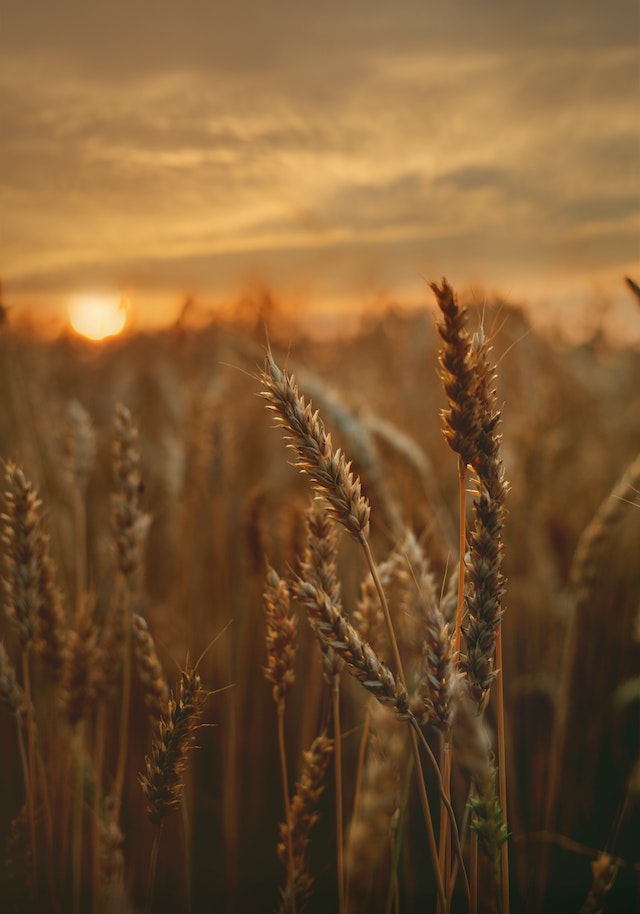
Pseudocereals
Specialty: Nutrient-dense alternatives to traditional grains
Psuedocereals, though not true grains, offer a unique and nutritious twist to traditional grain-based recipes. Amaranth, with its tiny seeds and earthy taste, is a gluten-free powerhouse rich in protein and fiber. It can be popped like popcorn or cooked into porridge, lending a delightful crunch and nuttiness to any dish.
Buckwheat, on the other hand, boasts a rich, nutty flavor and is commonly used in the popular Eastern European dish, Kasha. Its versatility allows for everything from hearty pancakes to soba noodles, making it a delightful addition to any culinary exploration. Embarking on a culinary adventure to discover the charms of these psuedocereals will not only expand your palate but also introduce you to the world of gluten-free alternatives and healthy cooking options.
Grains in Dishes
It’s impossible to overlook the delightful dishes that showcase versatility and culinary magic that grains bring about. From comforting bowls of risotto to vibrant grain salads, these dishes not only provide nourishment but also serve as a canvas for creative expression in the kitchen. Let’s dive into the wonderful world of grains in dishes and explore the endless possibilities they offer.
Rice Dishes
Sushi Rice: The backbone of sushi, sushi rice comes alive with a perfect balance of sweetness and acidity. This sticky rice binds together delicate slices of fresh fish and vibrant vegetables, creating a symphony of flavors and textures. Whether you prefer traditional nigiri sushi or creative rolls with a modern twist, sushi rice is the key to an unforgettable dining experience.
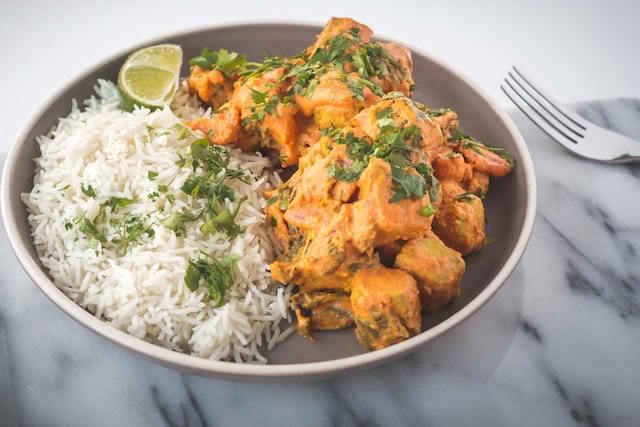
Fragrant Jasmine Rice: Known for its delicate aroma and fluffy texture, jasmine rice is the star of many Asian dishes. From the comforting embrace of a steaming bowl of Thai green curry to the crispy and aromatic flavors of a plate of Indonesian nasi goreng, jasmine rice brings balance and harmony to these culinary creations.
Wheat-based Delights
Rustic European Bread: Wheat flour, when combined with time, patience, and skilled craftsmanship, transforms into an array of rustic European bread. From the crackling crusts of baguettes in France to the soul-warming sourdough loaves of Germany, these breads embody tradition and captivate the senses. Whether smeared with creamy butter, used as a vessel for sandwich fillings, or simply enjoyed on its own, the artisanal bread of Europe is a testament to the beauty of wheat.
Barley Delicacies
Hearty Barley Soup: Laden with chunky vegetables, tender meats, and aromatic herbs, barley soups warm the soul on chilly days. Whether it’s a classic beef and barley stew or a comforting vegetarian barley and vegetable soup, the heartiness and chewiness of barley add a satisfying element to these creations. Each spoonful provides a comforting embrace, transporting you to cozy kitchens where generations have relished the simple pleasure of a nourishing bowl of soup.
Quinoa Creations
Quinoa Salad: Bursting with color and flavor, quinoa salads have become a staple in many kitchens worldwide. With the ability to effortlessly absorb dressings and complement a wide range of ingredients, quinoa serves as a delightful base for vibrant salads.
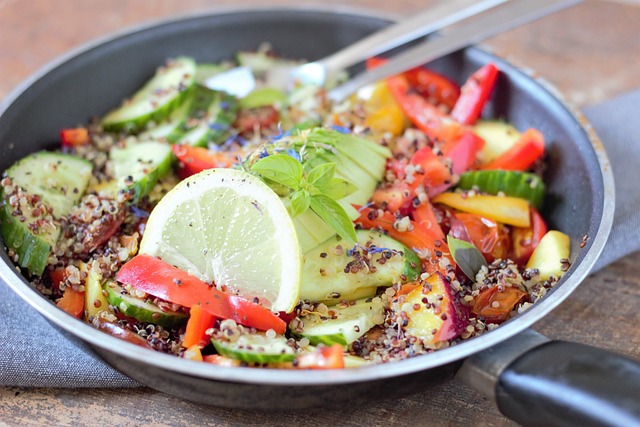
From the fresh and zesty Mediterranean-inspired quinoa salad with tomatoes, cucumbers, and olives to the earthy and wholesome quinoa tabbouleh, these dishes celebrate the nutritional powerhouse that quinoa is.
Psuedocereal Wonders
Amaranth Porridge: This humble grain can elevate your breakfast routine with its delicate nuttiness and creamy texture. Amaranth porridge, cooked with milk or water, welcomes a variety of toppings such as fresh fruits, nuts, and honey, creating a wholesome and indulgent start to the day. With its high protein and fiber content, amaranth porridge fuels you with the energy needed to take on the world.
Buckwheat Pancakes: Fluffy and golden, buckwheat pancakes offer a delightful twist to your breakfast traditions. With their rich, nutty taste and hearty texture, these pancakes are simply irresistible. Whether you serve them with a drizzle of maple syrup, a dollop of yogurt, or a sprinkling of berries, these wholesome pancakes bring a touch of comfort to every plate.
Storing and Preserving Grains
Introduction: As grains are a pantry staple in many households, it is essential to know how to properly store and preserve them to maintain their freshness and nutritional value. With the right techniques, you can ensure that your grains remain flavorful and vibrant for extended periods. Let’s explore the best practices for storing and preserving various types of grains.
Rice
White Rice: To ensure the longevity of white rice, keep it in a cool, dry place, away from direct sunlight, moisture, and heat. Airtight containers or glass jars are ideal for storing white rice, as they prevent the entry of pests and moisture.
Brown Rice: Due to its higher oil content, brown rice has a shorter shelf life than white rice. Store it in an airtight container in the refrigerator or freezer to maintain its quality for an extended period. Before cooking, allow the rice to return to room temperature to preserve its texture.
Wheat:
Wheat Berries: For long-term storage, wheat berries should be kept in airtight containers or sealed Mylar bags to prevent moisture and pests from entering. Store them in a cool, dry place away from sunlight. To further extend their shelf life, you can store wheat berries in the freezer for up to a year.
Flour: Whole wheat flour and refined wheat flour should be stored in airtight containers or resealable bags in a cool, dark pantry. Exposure to light and warmth can cause wheat flour to spoil or lose its freshness. For optimal results, use flour within six months.
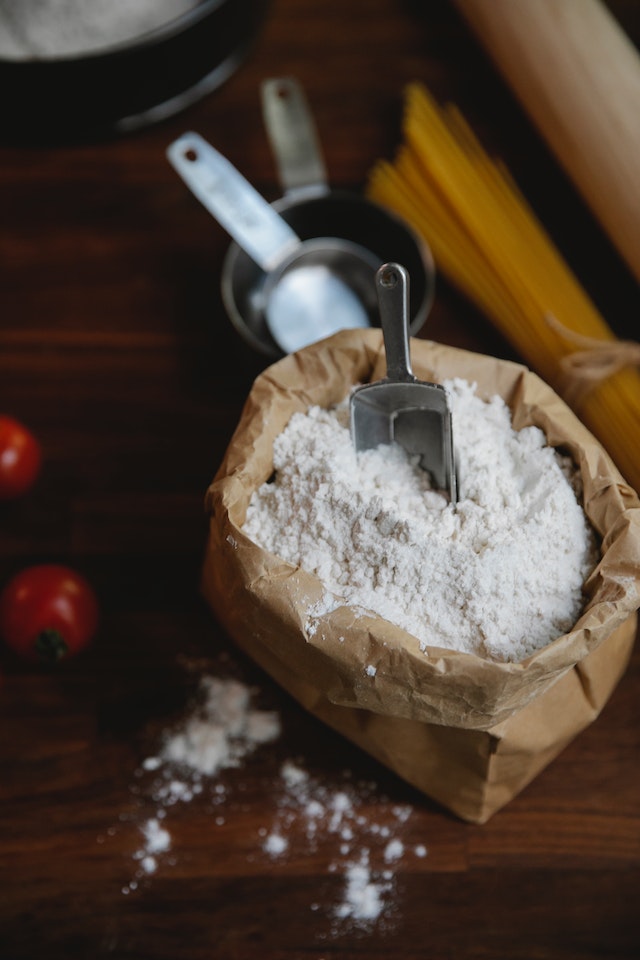
Quinoa:
Quinoa can be stored in airtight containers or bags in a cool, dry pantry for up to a year. To maintain its quality for an extended period, store quinoa in the refrigerator or freezer. Before cooking, rinse quinoa to remove its natural coating, called saponin, which can cause bitterness.
Barley:
Store barley in airtight containers or sealed bags in a cool, dry pantry. Barley has a long shelf life and can last for up to two years when stored properly. Avoid exposing barley to sunlight or excessive heat, as it can shorten its shelf life.
Psuedocereals
Amaranth and buckwheat can be stored in airtight containers or jars in a cool, dry pantry. They have a longer shelf life compared to other grains due to their lower oil content. Keep them away from humidity and direct sunlight to maintain their freshness.
Grains have undoubtedly earned their place as a vital component of our culinary traditions and dietary habits. From their rich cultural significance to their incredible versatility in the kitchen, these tiny powerhouses offer an endless array of flavors, textures, and health benefits. Whether you’re indulging in a fragrant bowl of jasmine rice, savoring a crusty European bread, or exploring the nutritional wonders of quinoa and barley, grains have a way of captivating our taste buds and nourishing our bodies. So, let’s continue to celebrate the wonders of grains, embracing their timeless appeal and incorporating them into our culinary adventures. Whether you’re a seasoned cook or an aspiring food enthusiast, there’s always something new and exciting to discover in the world of grains. Happy cooking and bon appétit!
